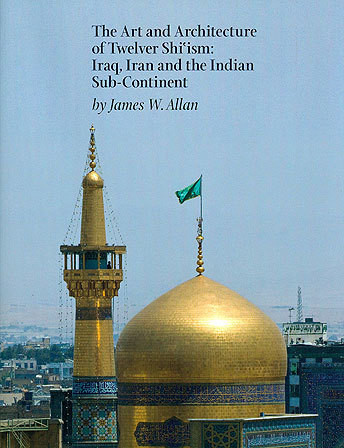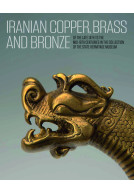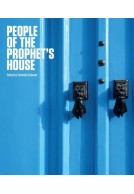The Art and Architecture of Twelver Shi'ism (Hardback)
Imprint: Azimuth Editions
ISBN: 9781898592297
Published: 1st December 2011
Script Academic & Professional
ISBN: 9781898592297
Published: 1st December 2011
Script Academic & Professional
Usually available in 6-8 weeks.
You'll be £30.00 closer to your next £10.00 credit when you purchase The Art and Architecture of Twelver Shi'ism. What's this?
+£4.99 UK Delivery or free UK delivery if order is over £40
(click here for international delivery rates)
Need a currency converter? Check XE.com for live rates
(click here for international delivery rates)
Need a currency converter? Check XE.com for live rates
Twelver Shi'ism is the dominant faith in southern Iraq and Iran and it has had a major historical role also in India, in particular in the Deccan and in Lucknow, but its distinctive art and architecture have received little attention and seldom appear in books on the arts of the Islamic World. This book attempts to correct this situation. It looks first at the history of the great Shi'i shrines of Iran and Iraq, a subject almost completely untouched in the standard works on Islamic architecture; at the role of Shi'i and, unexpectedly, Sunni (orthodox Islamic) patronage in their development; at the collecting of relics, and the use of inscriptions and symbols to identify religious buildings; and at the way in which different secondary Shi'i religious buildings (e.g. tekiyehs, ashur khanehs and kerbalas) appeared in Iran and in India. It then turns to the impact of Shi'ism on the craft industries, highlighting in particular the role of shrines in promoting art, the likely importance of Shi'ism in the development of Iran's steelworking industry, the use of inscriptions to identify objects as Shi'i, and the rise of figural art to communicate the Shi'i faith - in the arts of the book, in paintings of the Kerbala drama, and, since the Islamic revolution, on Iranian banknotes and stamps. Finally it turns to the impact on the art of Shi'ism of the annual Muharram processions, with their magnificent steel and brass standards ('alams), and highlights the syncretism characteristic of Shi'i art and architecture in the sub-continent.
Other titles in Azimuth Editions...












